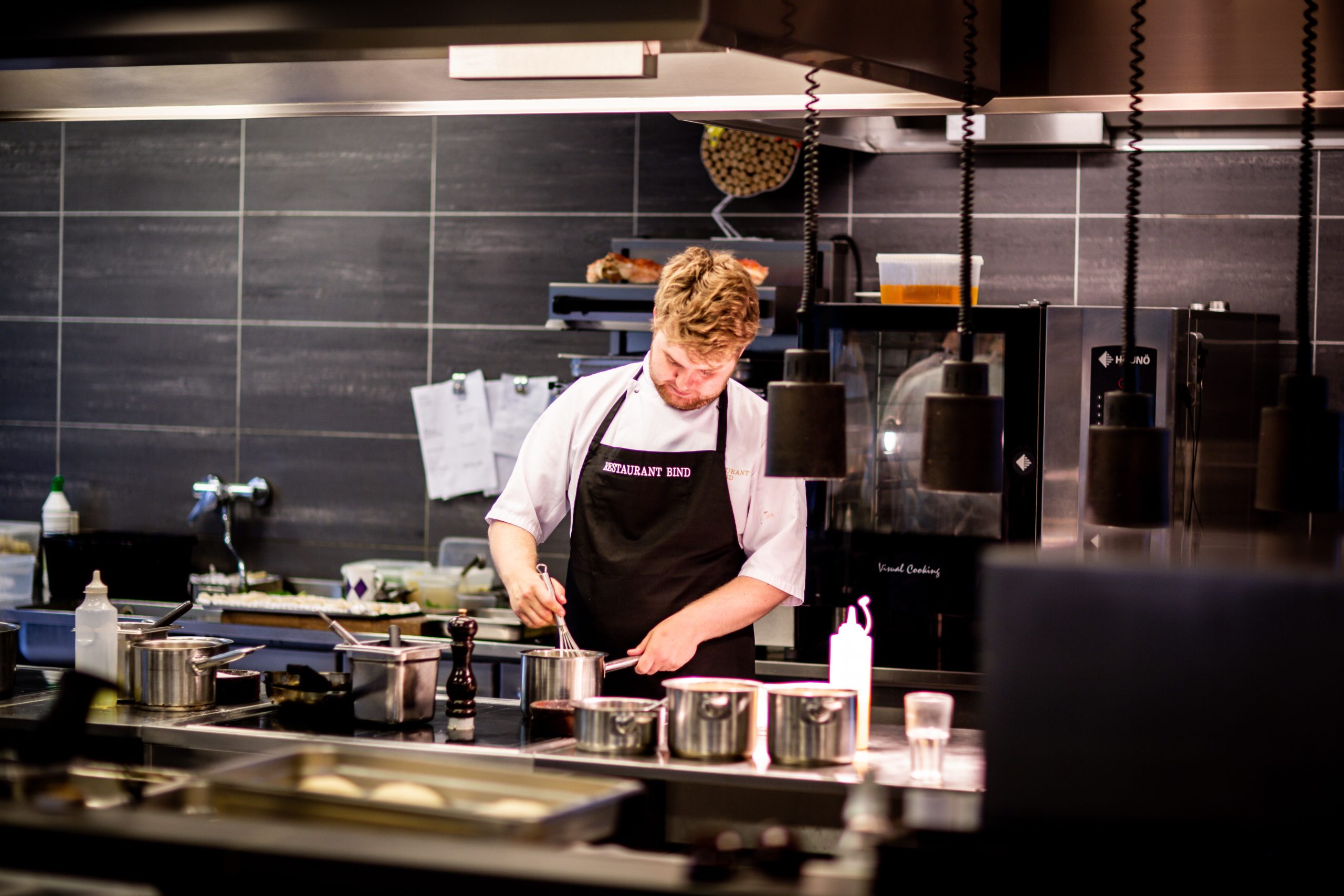Table of Contents
Updated on March 15, 2023
Everyone who goes out for a meal expects it to be served with clean dishes, glasses, and utensils. While these certainly help food and drinks to look more appetizing, spotless tableware also means the chances of customers contracting foodborne illnesses are lower. Food, especially dairy products, can be difficult to remove from plates and utensils. Even worse, this stuck-on matter can hold in germs and shield them from cleaning products and sanitizers.
Tested and True
An accredited university performed an experiment with tableware and germ removal. Researchers coated plates in a mixture of milk and cream cheese that was contaminated with E. coli and L. innocua. Then, they compared how well hand washing and warewashing removed the bacteria. The dishes that went through the machine came out cleaner, making this the more reliable and effective option for commercial kitchens.
Happier Customers
In a Consumer Reports survey, 76% of the diners said that dirty utensils were their greatest criticism of restaurants. Another survey by Harris Interactive found that when customers notice unappealing tableware, they are not likely to speak up. Only 25% of participants said they would address this with their server, but 75% of them were only “somewhat likely” to say anything. When dining out, patrons want to avoid being the customer who complains and upsets the staff. However, there are still consequences. Besides not returning, unhappy customers are twice as likely to tell others about their negative experiences in comparison to positive ones.
Humans Fall Short
High temperatures are another advantage to warewashing machines. People cannot tolerate water temperatures that are hotter than 120F for more than a couple of minutes. However, low-temperature machines (with the addition of sanitizing chemicals) reach 120-140F and high-temperature machines reach 150-160F for washing and 180F for rinsing and sanitizing. Not to mention, most warewashing appliances take approximately two minutes to wash an entire load of dishes.
Warewashing machines are worthy investments for commercial kitchens. With the right unit and chemical system, a kitchen can improve its efficiency, keep customers happy, and know that the tableware being provided is clean and safe.
Related posts:
- Dirty Dishes are Keeping Your Customers Away
- 10 Tips for Staying Healthy While Working from Home
- Commercial Hand Sanitizer – Types, Myths & How To’s [2024]
- How To Choose the Right Commercial Hand Dryer – [2024] Guide
- How to Disinfect & Sanitize Your Commercial Property
- A Complete Guide To Buying Commercial Air Purifiers [2024]
- Complete Guide to Buying Commercial Air Freshener & Dispensers
